It’s the single most important holiday of the entire year there. Businesses close and trains literally overflow as people all over China journey home for Chinese New Year or Spring Festival. Despite the rising number of Starbucks scattered about big cities and iPhones all over, traditions not all that different from stockings hung by the chimney with care still abound.
In the weeks leading up to Spring Festival, families clean every corner of their homes to rid them of huiqi or unclean spirits that may have collected over the year and prepare for a new start. Bright red scrolls printed with poetic couplets about luck and fortune are posted proudly beside front doors. The sound and smell of fireworks to frighten evil spirits fill the air. Families gather together around the table for long noodles symbolizing long life and round dumplings shaped like the full moon symbolizing the family unit and perfection with a finale of a whole fish symbolizing abundance which is fully prepared but is not meant to be eaten.
Both families who are actually living in abundance and those who are not give special gifts packaged in 红包 or hongbao, a decorated red envelope. Anywhere between a few yuan to hundreds of yuan are put in these envelopes in lucky even number increments and given as sacrificial gifts typically from older people to younger ones. The recipients gather all their envelopes, put them under their pillows, and open them all 7 days later.
For 15 days centered around February 8th (where it falls this year), about 1.4 billion people (20% of the world) put everyday life on hold. The poor, the migrants, the businessmen, the party members, the students, young and old…it doesn’t matter who you are. The celebration of Spring Festival softens lines of distinction.
From where I sit right now, typing my thoughts from my favorite chair, I can see toy horses that my daughter carefully set up to stand together as a family. Her older brother seems to have a hobby of tripping over them, while her sister complains that they look like they’re staring at her. But, there they remain, none of us willing to break up the equine family. A child’s rocking chair sits closeby with a blanket piled up below it where she was snuggled up yesterday. I can see our family picture framed on our shelf—a mom, a dad, three white kids who will be taller than me by next week, and Lydia, our Chinese daughter.
Some years, our home has been seemingly covered in red paper decorations and all sorts of festive stuff in my efforts to pronounce Xīnnián kuàilè. I’ve made 4-foot long dragon cakes and sheep/goat/ram cupcakes (all with loads more sugar than the Chinese like). With a lot we have going on right now, I’m not sure how many lanterns and scrolls I’ll end up hanging. And, I can’t even wrap my head around making some sort of monkey-themed dessert this year. But, I’ve come to understand that celebrating Spring Festival in America as Americans who have a Chinese daughter doesn’t have to look like a Pinterest-worthy party. When we adopted our daughter nearly 6 years ago, we promised that we’d honor her history, a promise we take to heart; we did not promise to make dragon cakes and give out red envelopes to her first-grade class. There’s nothing wrong with those things; they can be ways to honor her history but so could reading a children’s book together and simple conversation.
I can’t give my family a Spring Festival experience like one they’d get in China. And, honestly, I don’t know if I’d entirely want to. But, as we eat Chinese takeout with chopsticks or read a silly picture book about a runaway wok, whatever pomp and circumstance we end up with for Spring Festival this year, I will be saying these words to my daughter:
You are Chinese. We see that. We know that. We love that about you. We are not Chinese. But, we love all things Chinese not because of loud fireworks or envelopes with money but because of you. You are what makes us love Chinese things. And, we’re so glad you are a part of our family.
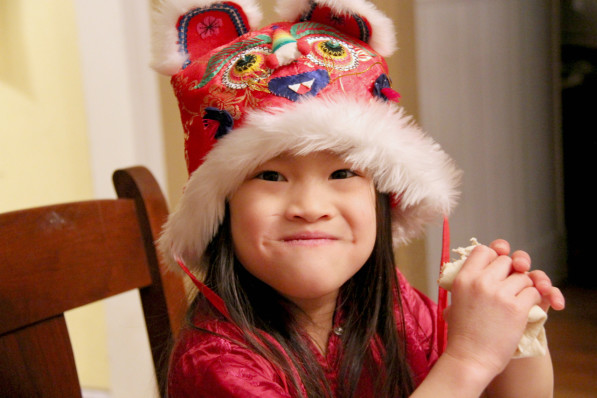
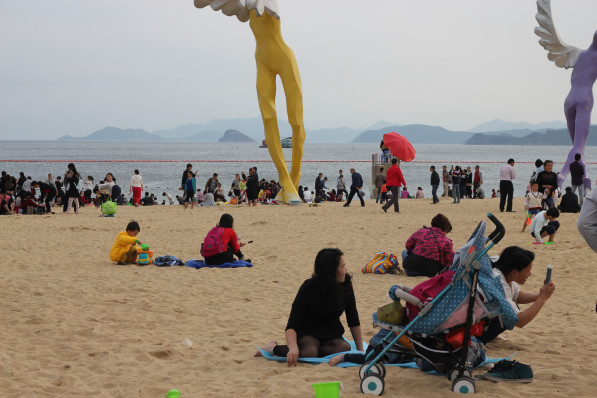

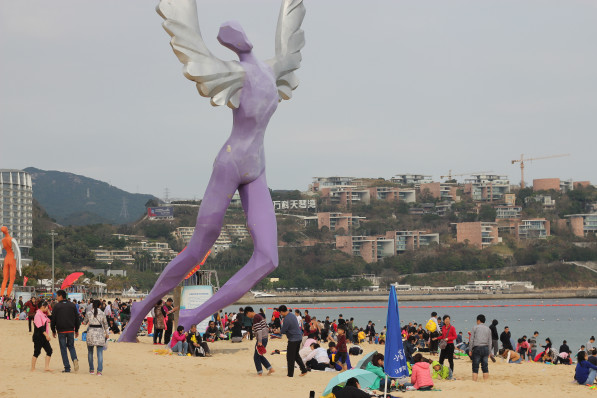
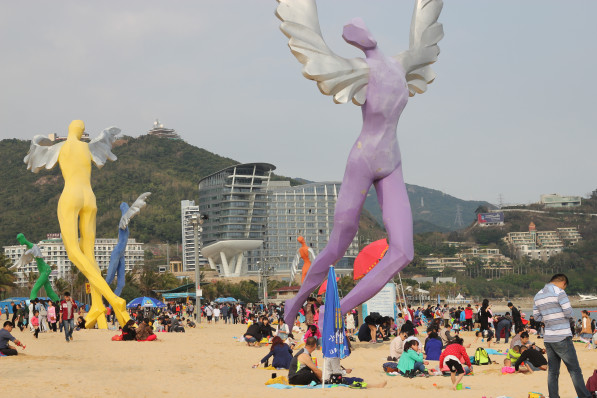





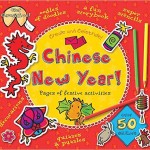
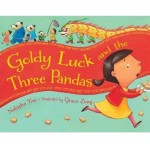

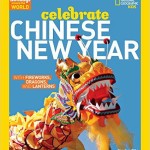 Celebrate Chinese New Year: With Fireworks, Dragons, and Lanterns
Celebrate Chinese New Year: With Fireworks, Dragons, and Lanterns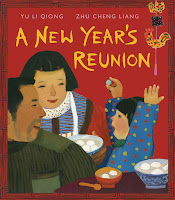



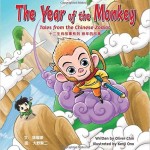 Start your own New Year tradition with this series by Oliver Chin. So far, in his Tales from the Chinese Zodiac, he’s written a story book for the Dog, Ox, Pig, Rabbit, Rat, Tiger, Dragon, Snake, Horse, Sheep, and now
Start your own New Year tradition with this series by Oliver Chin. So far, in his Tales from the Chinese Zodiac, he’s written a story book for the Dog, Ox, Pig, Rabbit, Rat, Tiger, Dragon, Snake, Horse, Sheep, and now 




